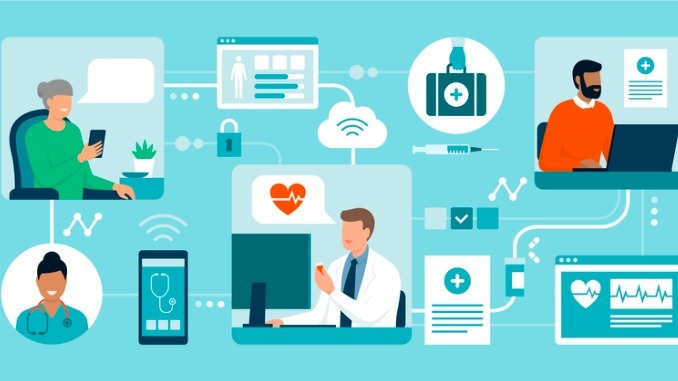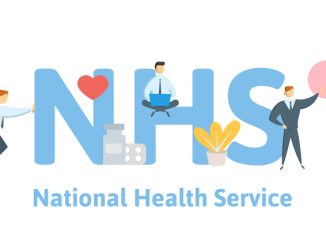Unlocking streamlined workflows and improving patient care, Policy Exchange offers recommendations with practical strategies to bridge the gap between primary and secondary care within the NHS, ultimately aiming to alleviate administrative burdens and enhance the overall healthcare experience for both practitioners and patients
CREDIT: This is an edited version of an article that originally appeared on Policy Exchange
The NHS faces pressing challenges at the primary-secondary interface, marked by delays, frustration, and compromised clinical outcomes. Healthwatch England’s findings reveal a concerning ‘referral black hole,’ impacting over two million patients annually, leading to a potential hidden waiting list of 150,000.
To address these issues, a proposed solution involves the creation of distinct ‘interface specialist’ roles, bridging the gap between hospital and community care, and a joint DHSC-NHSE programme to implement national-level interventions for optimising interface working.
This proposed Interface Improvement Initiative, spearheaded by a dedicated joint committee, aims to overhaul national and system-level interface working. This strategic move promises to tackle real-world issues and frustrations through the integration of patient and user involvement.
National strategy
The initiative unfolds a roadmap with a set of impactful measures designed to refine communication capabilities and streamline patient care across interfaces.
Revitalising the e-Referral Service (eRS)
- NHSE’s focus on creating an effective ‘data layer’ for eRS will enhance the platform’s versatility.
- Primary and secondary care providers, along with tech suppliers, must refine the ‘application layer’ for a more user-friendly experience.
Digital Care Services evolution
- Adapting the Digital Care Services catalogue to include clinician-to-patient and clinician-to-clinician messaging, image sharing, and video consultation capabilities.
- Integration with the NHS Service Finder ensures direct clinician-clinician communication.
Empowering NHS app and provider websites
- Enhancing the NHS App and provider websites to serve as effective ‘back channels’ for seamless clinician communication.
- NHS hospital trust websites should feature more comprehensive directories for efficient communication and collaboration.
Patient-centric approach
- Exploring self-referral opportunities for patients with long-term conditions, building on the Patient-Initiated Follow Up (PIFU) approach.
- Boosting transparency by enabling patients to track responsible caregivers through additions to the ‘My Planned Care’ platform.
Optimising Advice and Guidance (A&G)
- Publishing guidance to standardise A&G use, ensuring consistency between hospital trusts and transparency for patients.
Adopting Booking and Referral Standards (BaRS)
- Supporting BaRS implementation across the NHS and endorsing the Professional Records Standards Body e-Discharge standard to enhance information transfer.
Discharge Medicines Service (DMS) optimisation
- Developing guidance for efficient DMS use, focusing on automation and pre-registration of patients by pharmacies.
Enhancing data visibility
- Compiling and publishing ‘incomplete referral’ data at national, ICS, and trust levels for improved monitoring and reduced ‘hidden’ waiting lists.
System and local-level reforms
Beyond national measures, the report suggests vital changes at both system and local levels to truly revolutionise interface working.
ICS progress reporting
- ICSs should annually report progress on interface working, building on the recent Academy of Medical Royal College document.
Prescription budget collaboration
- ICSs should collaborate with the NHS Business Authority to facilitate joint prescribing budgets for seamless prescription issuance.
Interface working groups and community clinics
- ICBs should encourage the formation of Interface Working Groups and support the development of community clinics for significant returns.
Optimal use of public estate
- Urging ICBs to use void or vacant space across the NHS Property Services for developing community clinics and diagnostic services.
The Interface Improvement Initiative holds the promise of transforming NHS connectivity and patient care. As these recommendations gain momentum, we anticipate a more streamlined, patient-centric healthcare system, setting the stage for a brighter and more efficient future.



Be the first to comment